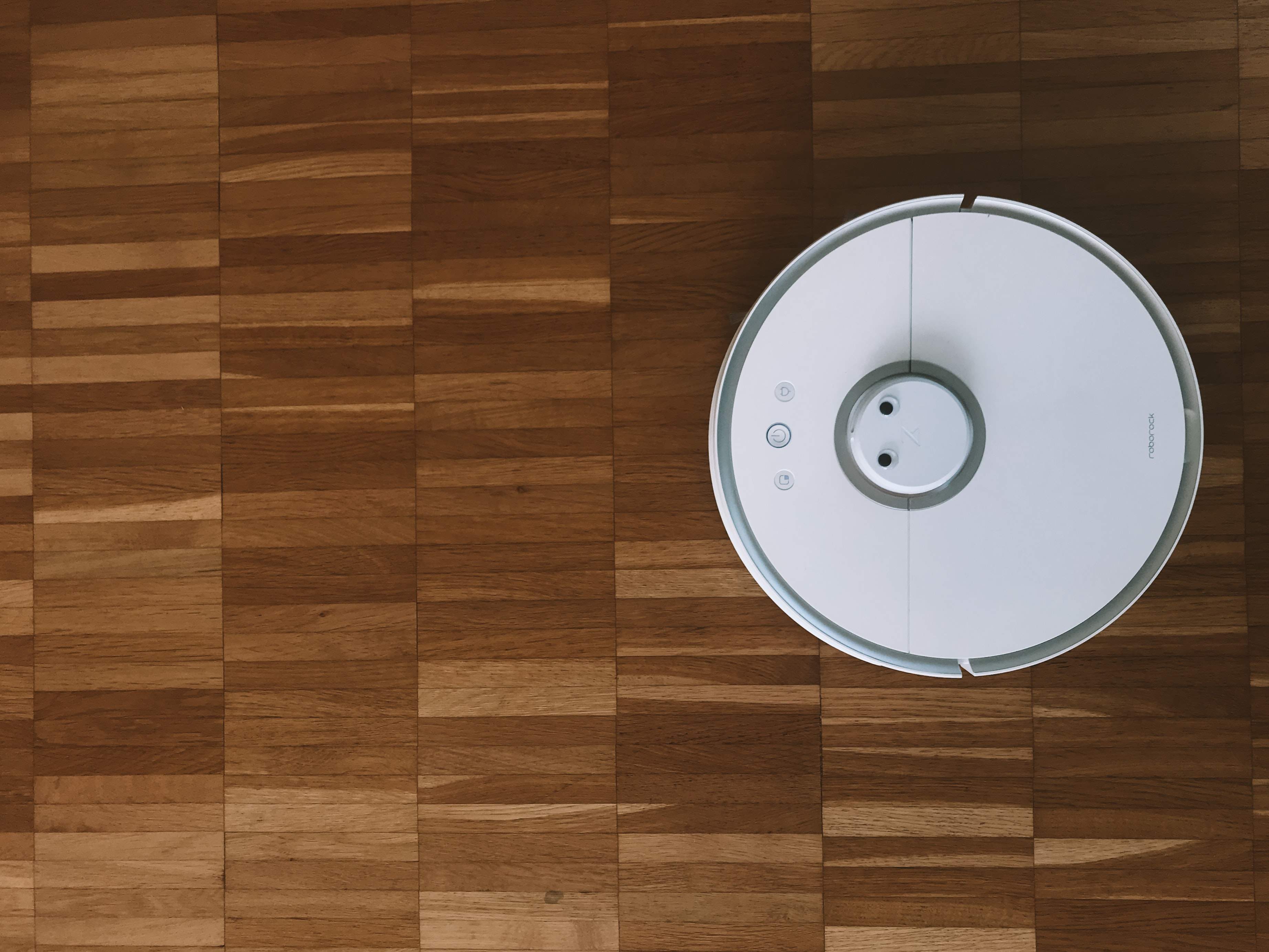By He Huifeng
Copyright scmp

The robot vacuum cleaner used to be considered an American success story. It was developed by scientists at the Massachusetts Institute of Technology, who set up a company called iRobot in 1990. Even today, many consumers still use the name of the firm’s breakout product – the Roomba – to refer to all robot vacuums.
But fast forward three decades, and the United States has totally lost its grip on a market that it created. As in many industries, Chinese firms now dominate production of robot vacuum cleaners – and the way they caught up with and then supplanted their American rivals says a lot about the state of the global economy.
The world’s top five cleaning robot makers are now all Chinese: Roborock, Ecovacs, Dreametech, Xiaomi and Narwal Robotics together accounted for nearly 70 per cent of the global market in terms of products shipped in the second quarter of 2025, according to a report by market research firm IDC. The US’ iRobot ranked sixth.
For US firms, the lost business is significant. Robot vacuums are a fast-growing market, with global shipments growing 33 per cent year on year to reach 15.35 million in the first half of the year, IDC data showed.
How did this happen? It is not simply about price. On Amazon’s US store, there is little difference in cost between the major Chinese and American brands. The Roomba Vacuum 2 was on sale for just US$165 in mid-September, making it one of the cheapest products on the market.
For Claire Zhao, a senior analyst at IDC China, the success of Chinese brands comes down to heavy investment in both promotion and research and development.
“Chinese companies have achieved notable results overseas, quickly boosting sales and brand awareness through e-commerce,” she wrote in a report released earlier this month. “Rapid technological iteration directly enhances product competitiveness and user loyalty.”
Chinese brands are now piling into the US and European markets, where the market penetration of robot vacuums is much higher than in China. The intense competition between a growing number of players is forcing all of them to develop and roll out new products faster than ever before.
R&D investment has become critical. Ecovacs has upped its spending from 549 million yuan (US$77 million) in 2021 to 1.34 billion yuan in just the first three quarters of 2024, according to the company’s financial report. Roborock invested 971 million yuan last year, equivalent to 8.1 per cent of its total revenue.
With the leading firms prioritising international expansion, brands are focusing on developing hi-tech, premium products. New vacuums feature everything from advanced artificial intelligence to robotic arms, said Janet Su, a sales manager at a home appliance manufacturer based in China’s southern Guangdong province.
“Chinese players are racing each other to launch new products every six months, or even every quarter,” said Su, speaking at the Guangdong Quality Product Exhibition in Guangzhou last week.
And new players continue to jump into the market, seeing vast potential for future growth. Only about 5 per cent of Chinese households currently own a robot vacuum cleaner, compared with around 15 per cent in the United States, according to Tianfeng Securities.
Drone maker DJI, home appliance giant Midea and robot start-up Pudu Robotics have all recently launched their own robot vacuum devices. Meanwhile, the leading manufacturers are broadening their portfolios to cover a wider range of robotic cleaning solutions and traditional home appliances, said IDC’s Zhao.
“This market still has blue-ocean potential, but every company faces great pressure,” Su said.



